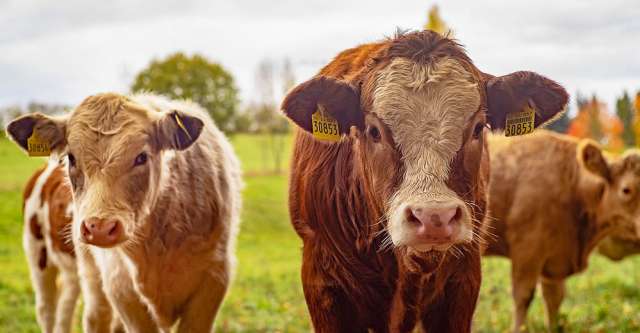As we come into spring, one plant you may see everywhere is the Bulbous Buttercup (Ranunculus sp.). This short-lived perennial emerges from either the corm, a tuber-like structure underneath the soil of the buttercup plant produced the year before, or germinated from seed.
Visibility
In the spring, its yellow flowers are predominant everywhere but also present in the fall and winter months.
Problem
When we have poor stands of desirable forages due to overgrazing, haying, or drought, buttercup can become a problematic weed. When eaten, poisonous compounds known as ranunculin are ingested by livestock as an oily substance, which can cause blisters in the mouth and nosebleeds. To prevent this, avoid overgrazing and haying. Low fertile soils help prevent buttercup from overtaking fields used for forage production. When forage stands are thinning, correcting lime and fertility levels will ensure the successful establishment of reseeded desirable forages.
Control
Using herbicides as a means of chemical control is an option that most take when cleaning up buttercups. There are a few herbicides to choose from that are registered for use in forages. For excellent buttercup control, use chemicals with 2,4-D, dicamba, aminopyralid, and/or metsulfuron. Before the buttercup produces its stem and flower, spraying in the early spring during the rosette stage is best. This is the foliage-only stage of buttercup, which is usually low to the ground and difficult to spot. Make sure to scout your fields thoroughly to achieve proper timing of chemical applications.
Haley Schwantz from MU submitted this information.

